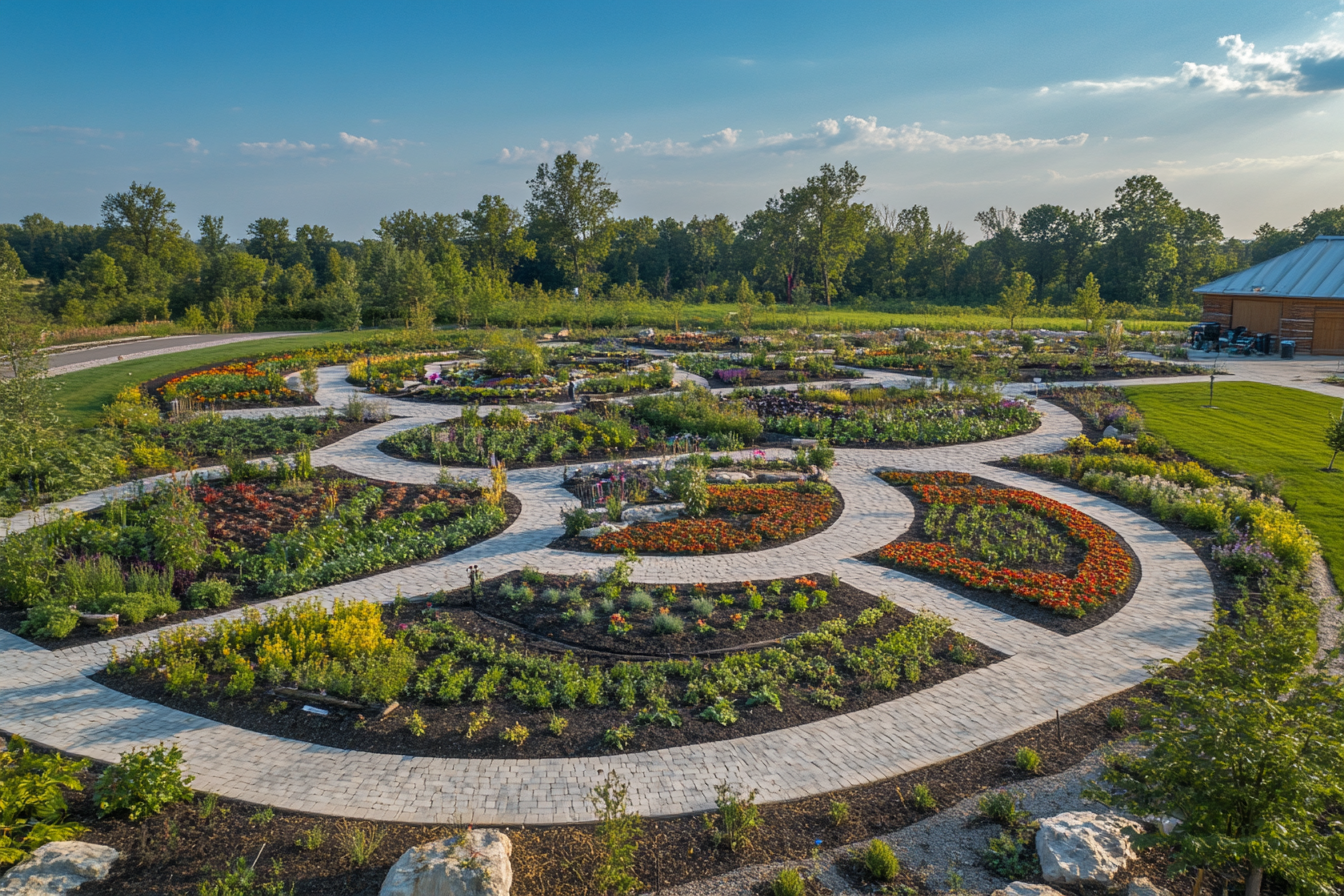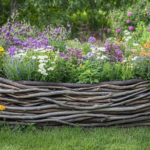Starting a vegetable garden doesn’t mean you need a giant backyard. Even the smallest spaces can bloom with vibrant veggies if you plan creatively.
The beauty of growing your own vegetables is in the process. You nurture seeds into meals, turning dirt into deliciousness with a little sun, water, and care.
Whether you’re a complete beginner or just looking for fresh inspiration, these garden ideas will get your hands dirty—and your plate full.
1. Raised Bed Vegetable Garden
Raised beds help you control soil quality, moisture, and drainage like a pro. You won’t have to bend as much, and your crops stay organized and neat.
You can use wood, metal, or bricks to build the beds. Place them where they get plenty of sunlight, and you’ll have a productive garden that’s also easy to maintain.
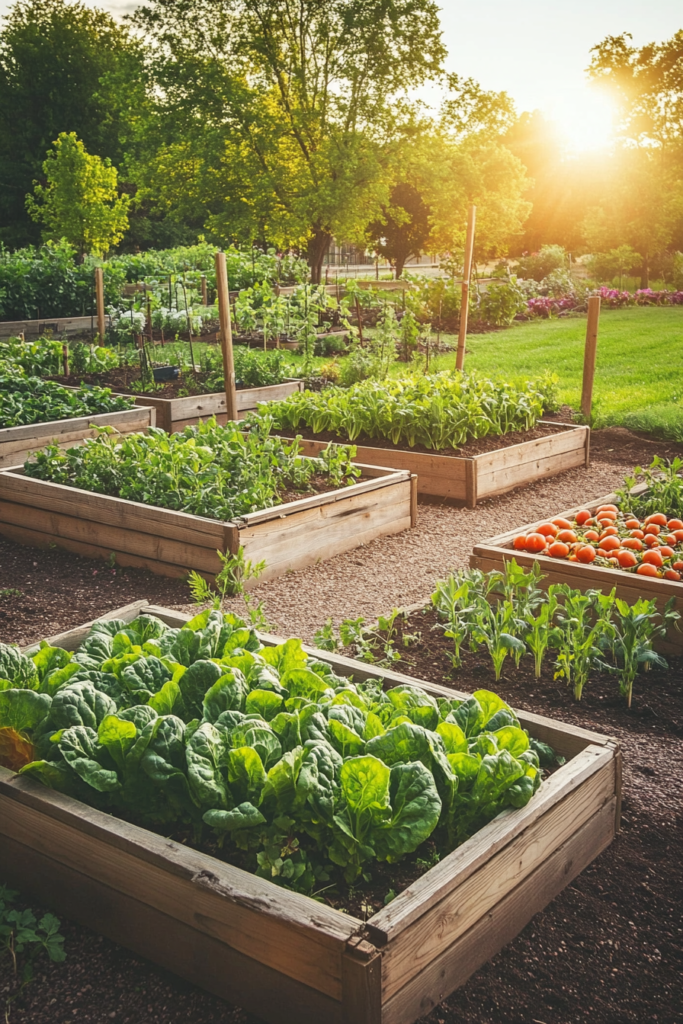
2. Vertical Vegetable Garden
When space is tight, growing upward is your best option. Vertical gardens let you grow a variety of vegetables without taking over your patio.
Support your climbing plants with trellises or wall-mounted containers. It’s a great way to grow beans, peas, or even cucumbers in compact areas.
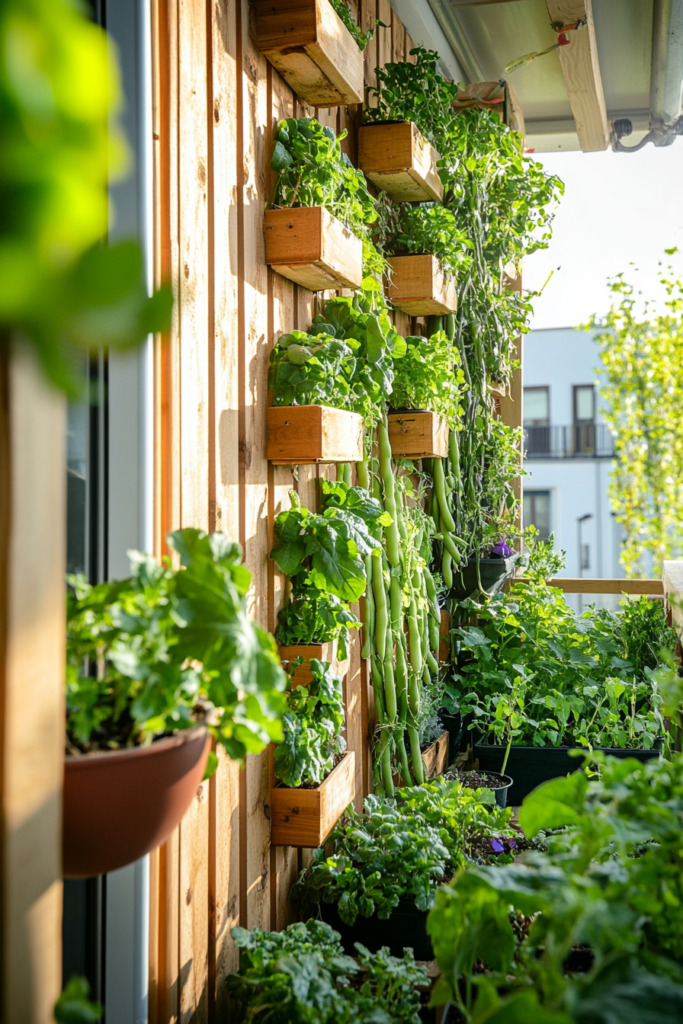
3. Container Gardening with Vegetables
If you only have a balcony or porch, containers work wonders. With the right size and drainage, you can grow everything from tomatoes to herbs.
Containers give you flexibility and mobility. Move them around to chase the sun or bring them inside during bad weather.
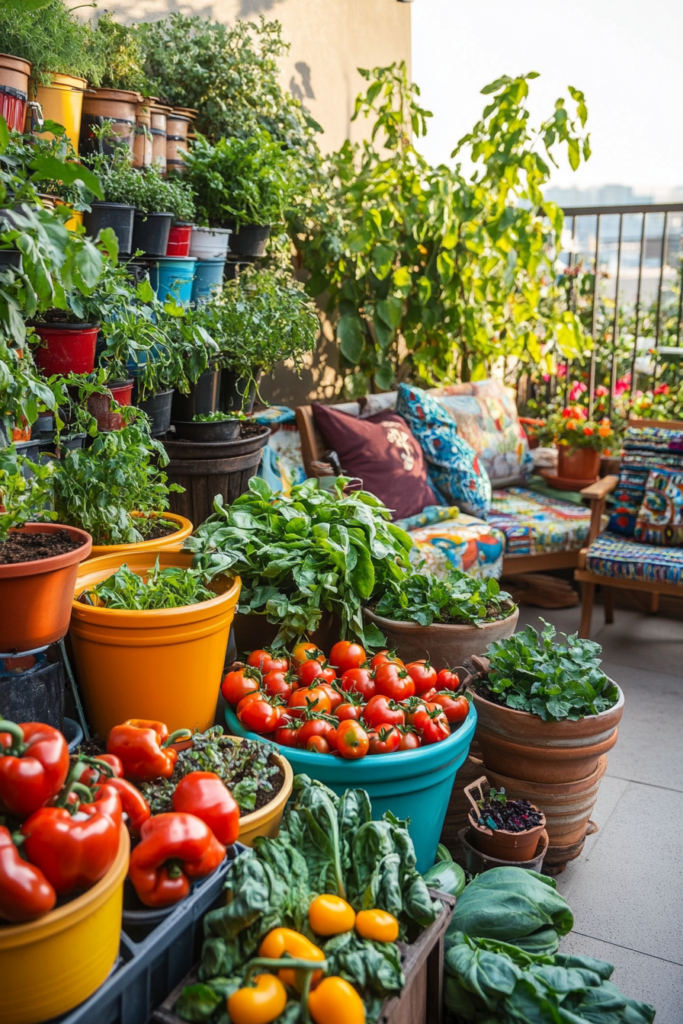
4. Companion Planting Layout
Some vegetables grow better together. Companion planting helps improve flavor, boost yields, and keeps certain pests away.
Plant basil with tomatoes or onions with carrots for a natural, helpful pairing. This makes your garden smarter and more efficient.
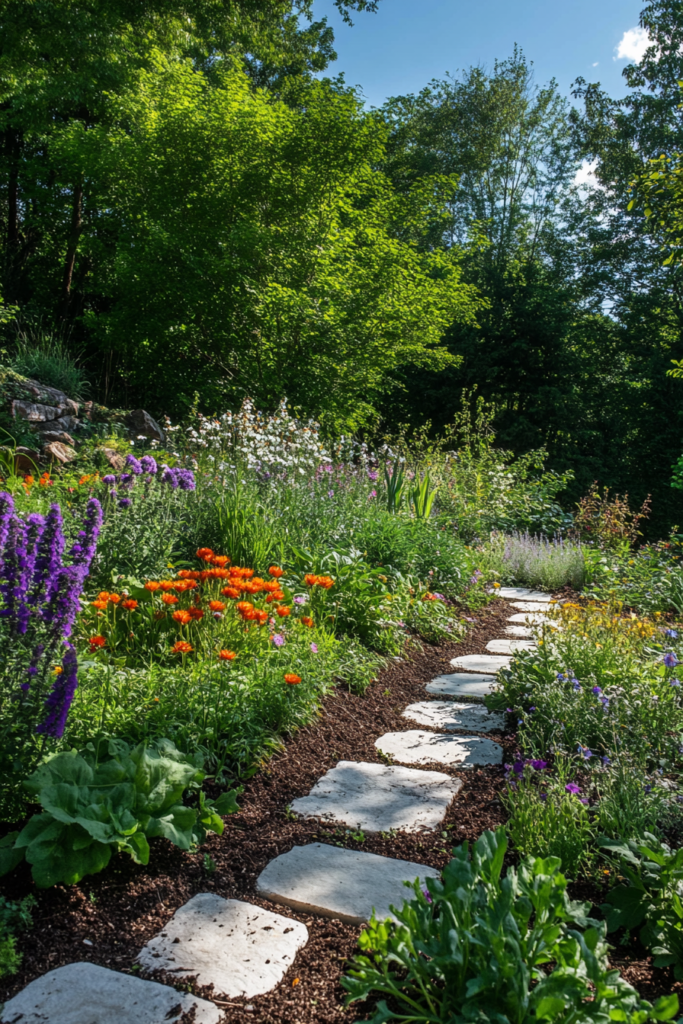
5. Keyhole Garden Design
Keyhole gardens are circular raised beds with a composting center. They recycle nutrients directly into the soil as you feed the core with kitchen scraps.
These gardens thrive in dry climates and need less water. It’s a low-maintenance, high-reward gardening style worth trying.
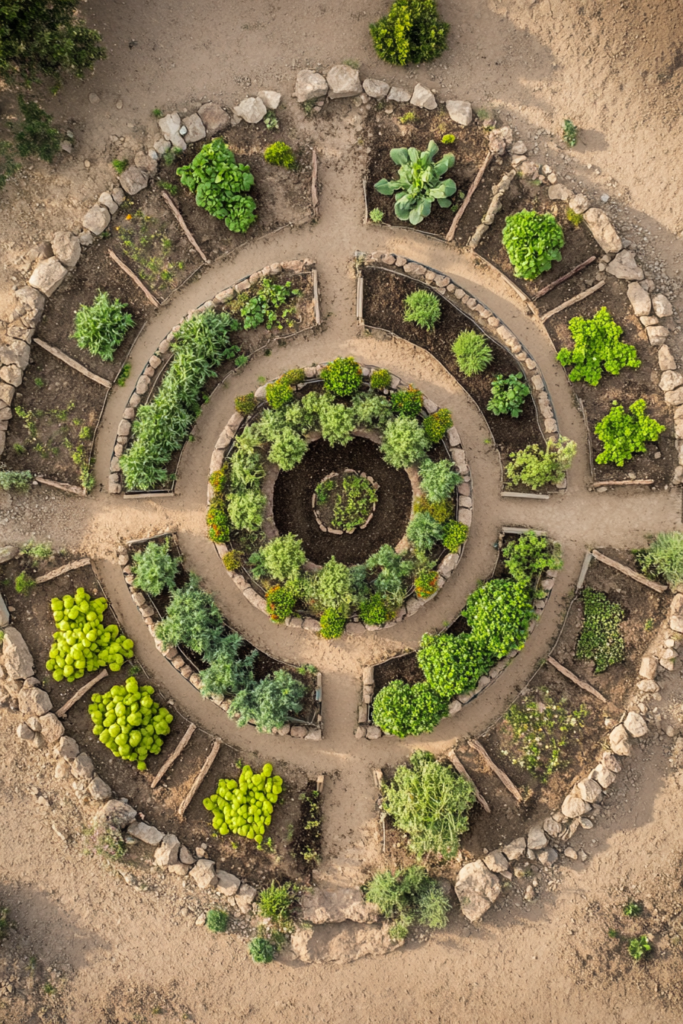
6. Square Foot Gardening
Square foot gardening divides your bed into a grid of small squares. Each square hosts one crop, allowing maximum variety in minimum space.
It’s tidy, easy to manage, and beginner-friendly. You’ll grow more food with less weeding and effort.
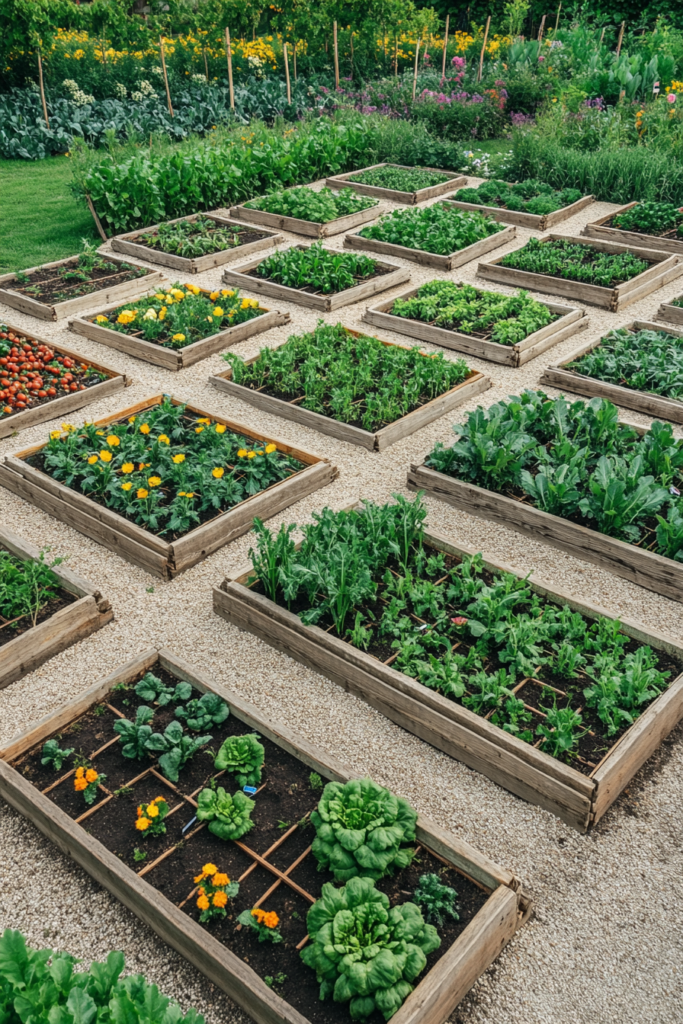
7. Trellis-Supported Veggies
Trellises aren’t just for flowers. They let you grow vining vegetables vertically, giving your garden a clean and organized structure.
Your plants get better airflow and sunlight exposure. It also keeps fruits off the soil, reducing rot and pests.
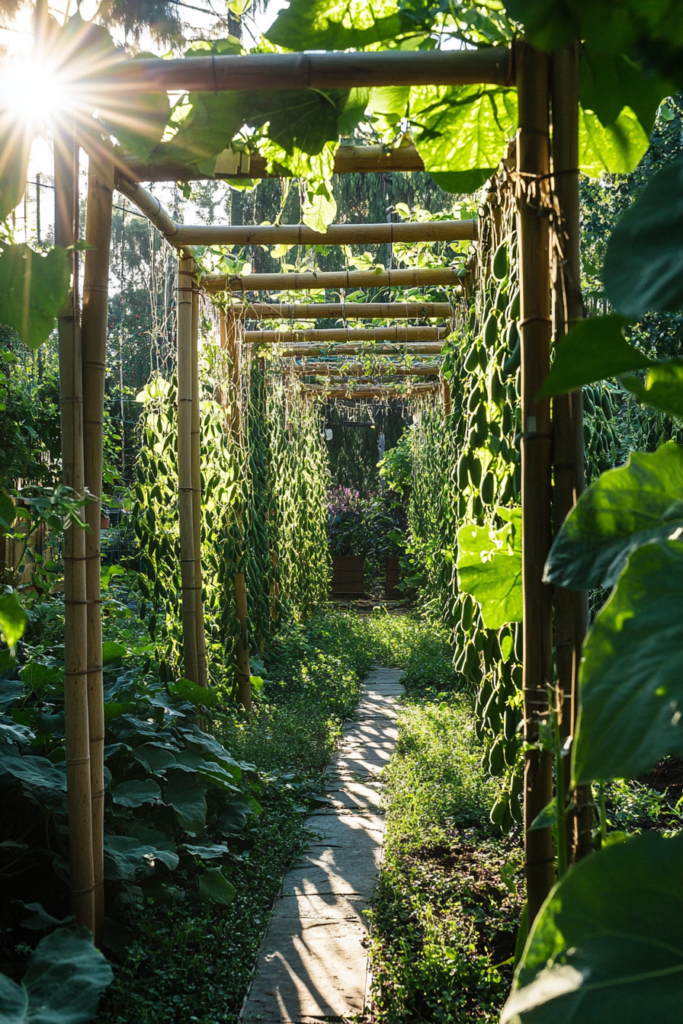
8. Pallet Garden for Vegetables
An old wooden pallet can transform into a rustic veggie bed. It’s ideal for shallow-rooted crops like radishes, lettuce, or herbs.
Place it against a wall for vertical use or lay it flat on the ground. It’s an eco-friendly, budget-friendly gardening option.
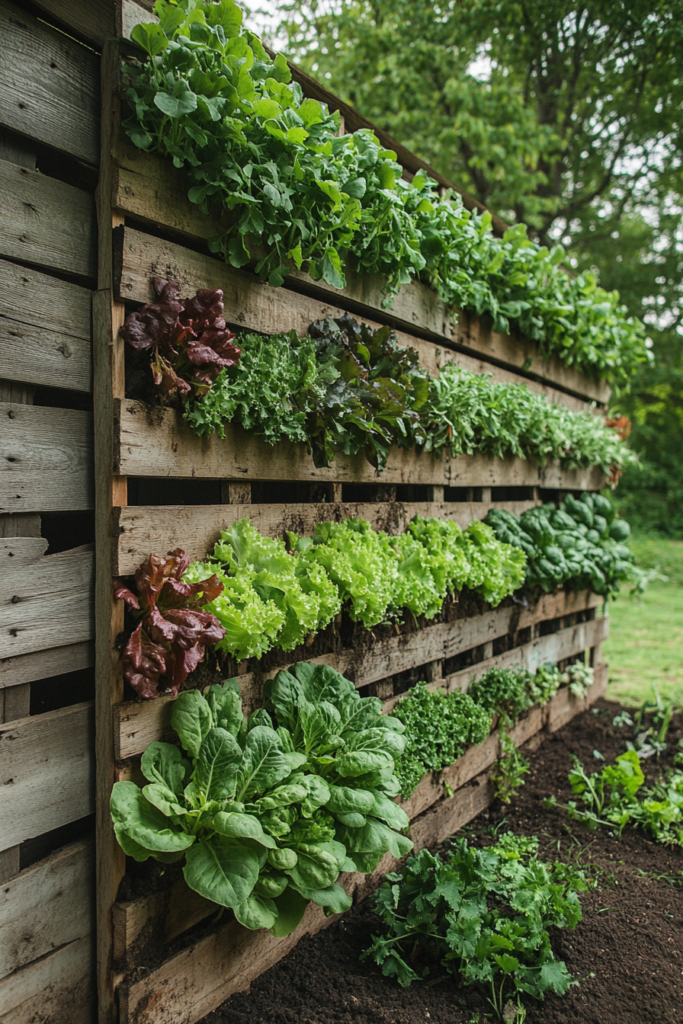
9. In-Ground Garden Rows
Traditional in-ground gardening is still effective. With proper spacing and mulch, you can grow large quantities of vegetables in open soil.
This method requires more weeding and effort, but it’s perfect for big, spread-out crops like zucchini or corn.
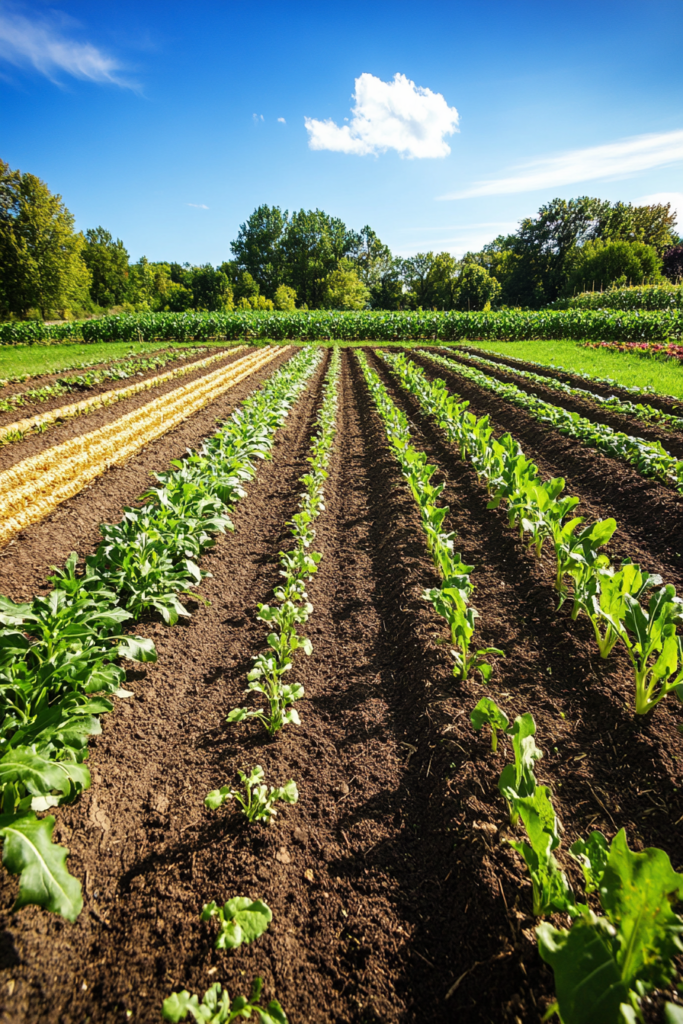
10. Indoor Vegetable Garden Setup
Don’t let lack of outdoor space stop you. Indoor gardens with grow lights and sunny windows let you grow year-round.
Small pots of leafy greens or herbs thrive in kitchens or windowsills. You’ll love harvesting without stepping outside.
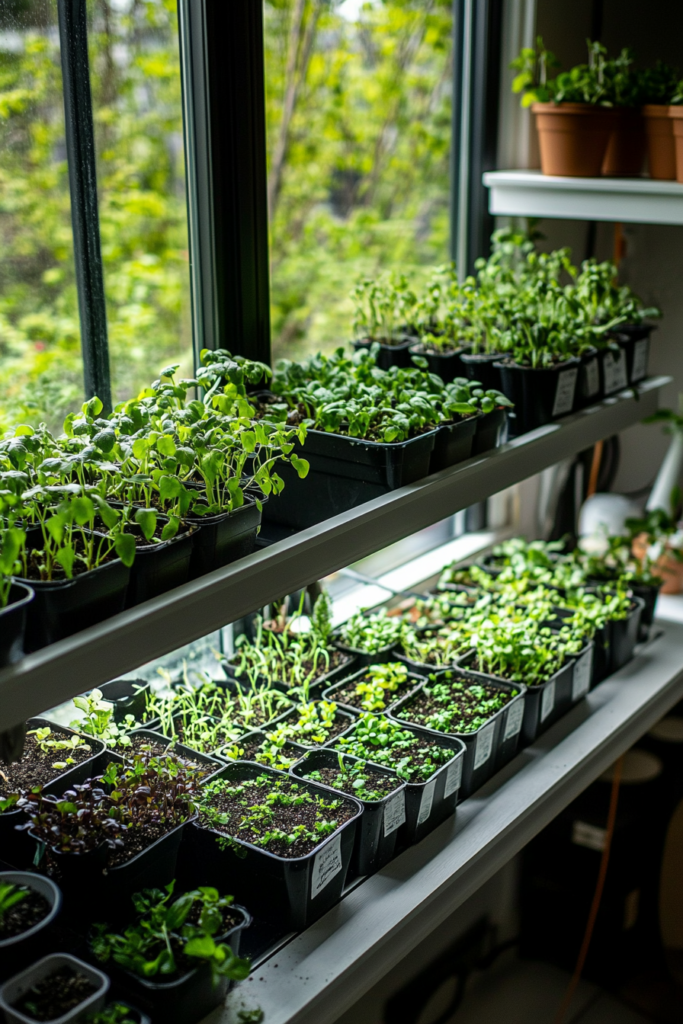
11. Edible Landscaping with Vegetables
Blend beauty with function by planting vegetables alongside flowers. Swiss chard, kale, and purple cabbage add color and style.
Edible landscaping makes your garden a visual treat. It’s a clever way to turn your front or side yard into a food source.
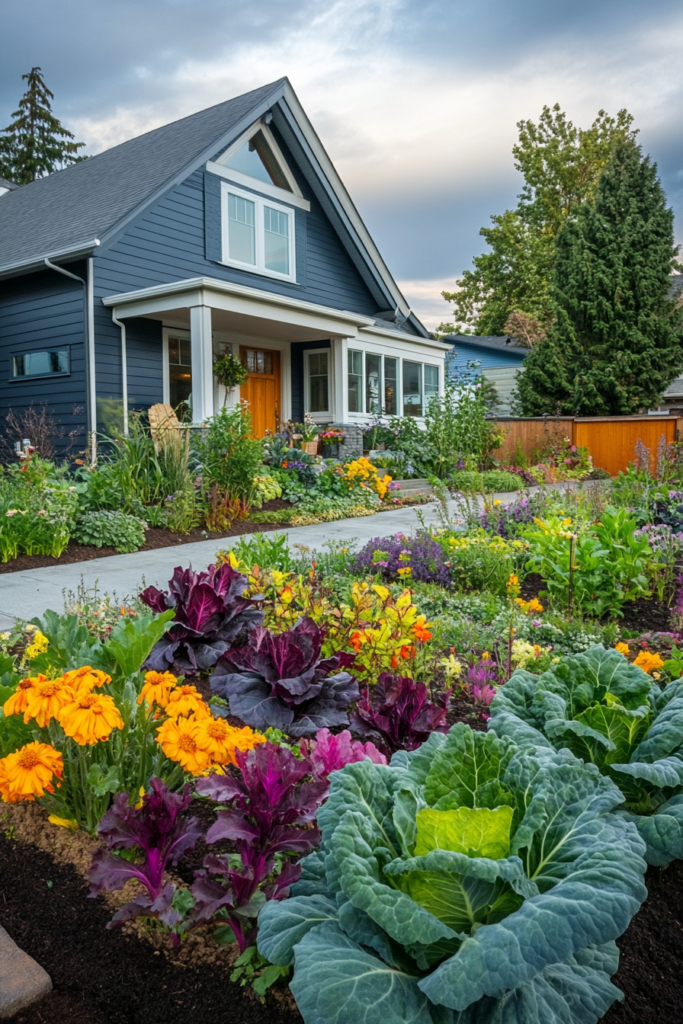
12. Straw Bale Vegetable Garden
Instead of soil, use straw bales as your growing medium. Just condition the bale, add compost, and plant.
Straw bales act like mini raised beds that naturally decompose. They’re ideal for temporary gardens or areas with poor soil.
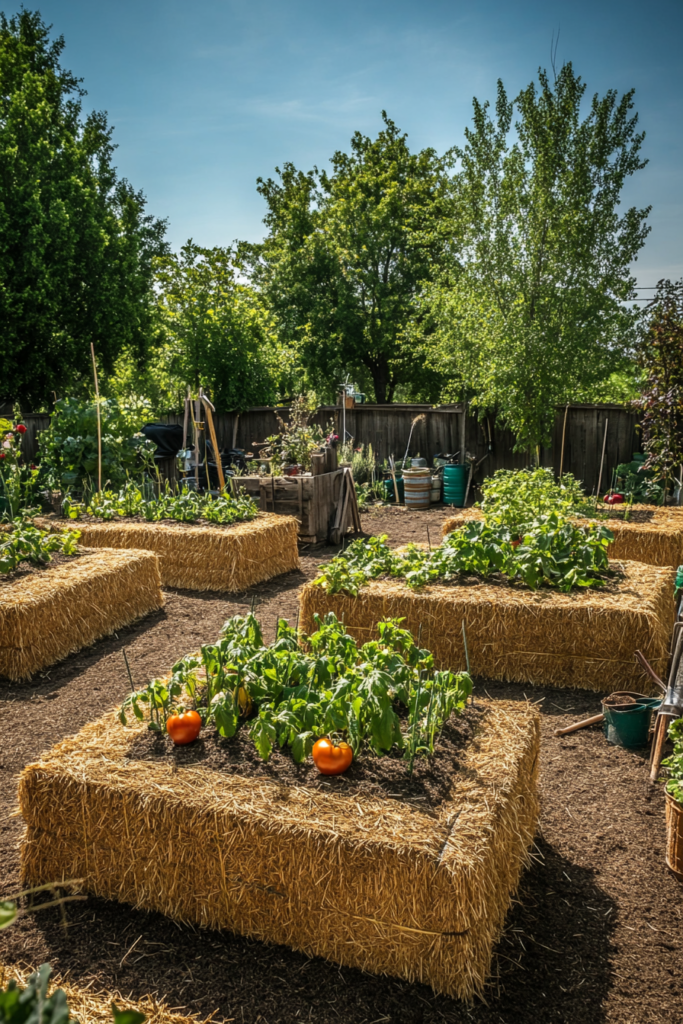
13. Greenhouse Garden Ideas
Greenhouses offer year-round protection from pests and harsh weather. Your vegetables stay warm and productive in any season.
Whether it’s a full-size structure or a mini version, it gives you control over temperature and humidity for reliable harvests.
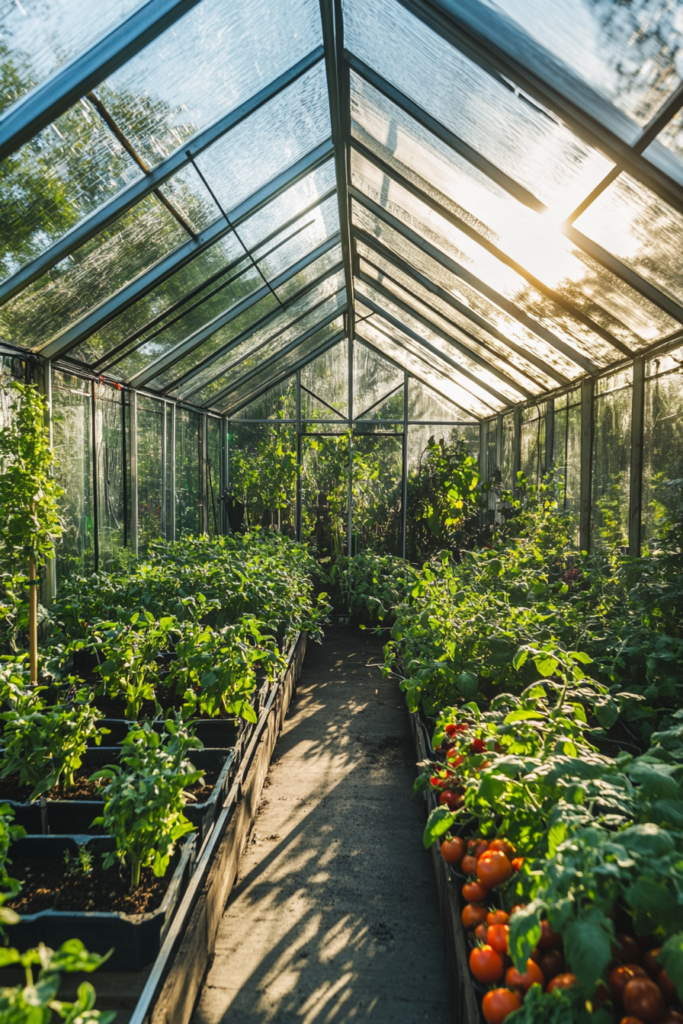
14. Front Yard Vegetable Garden
Swap grass for food with a front yard vegetable garden. Use decorative raised beds and keep pathways clean for a stylish look.
Choose colorful veggies like peppers or rainbow chard to impress the neighbors. It’s a productive and beautiful landscape choice.
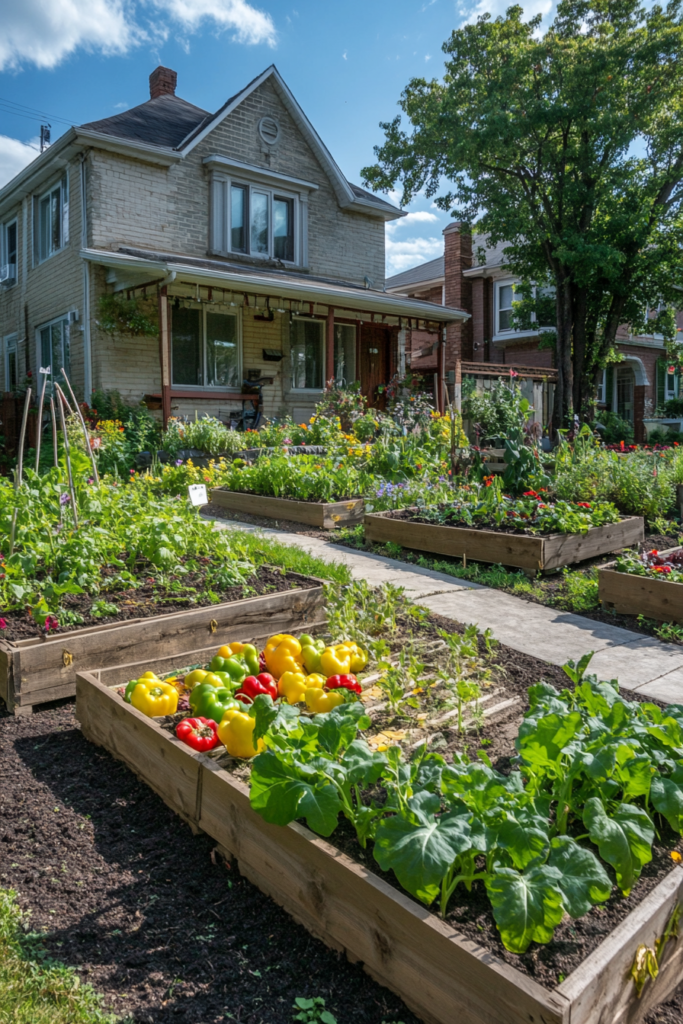
15. No-Dig Garden Beds
Instead of tilling, layer cardboard, compost, and mulch right on top of the ground. This protects soil structure and reduces weeds.
Over time, your garden builds its own fertility. It’s an easy and back-friendly way to grow vegetables.
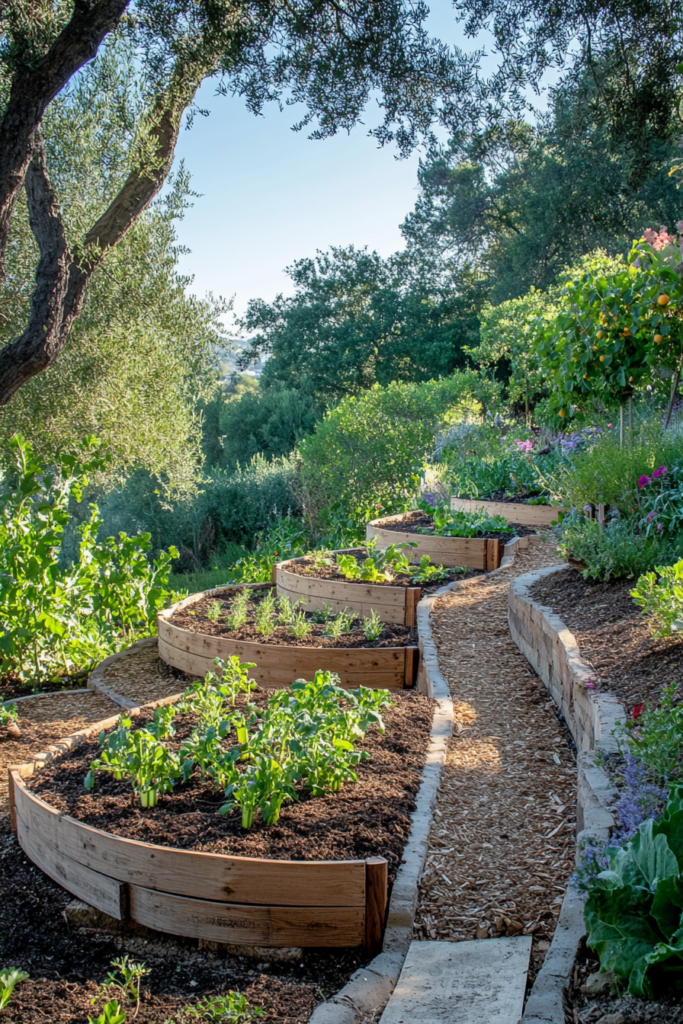
16. Container Tower Gardens
Stacked planters let you grow more in less space. These towers are perfect for herbs, lettuces, and strawberries.
They’re compact, stylish, and easy to water. Ideal for patios or small spaces where ground gardening isn’t an option.
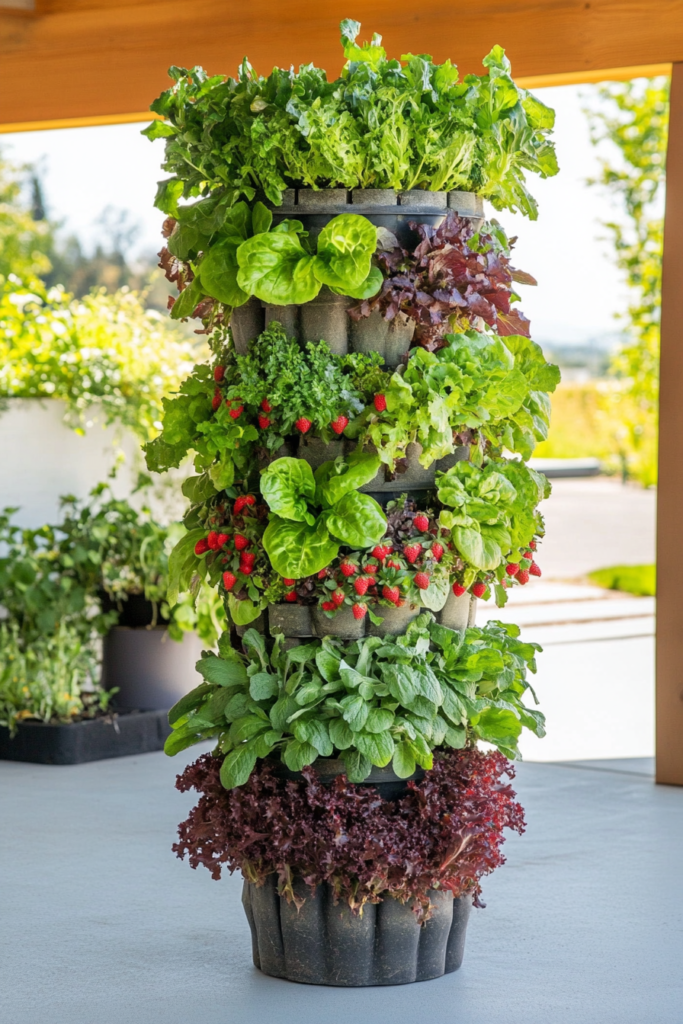
17. Companion Vegetable Garden with Flowers
Flowering companions like marigolds and nasturtiums can protect your vegetables. They attract pollinators and deter harmful insects.
Plus, they add bursts of color among the greens. A mixed garden is always more vibrant and balanced.
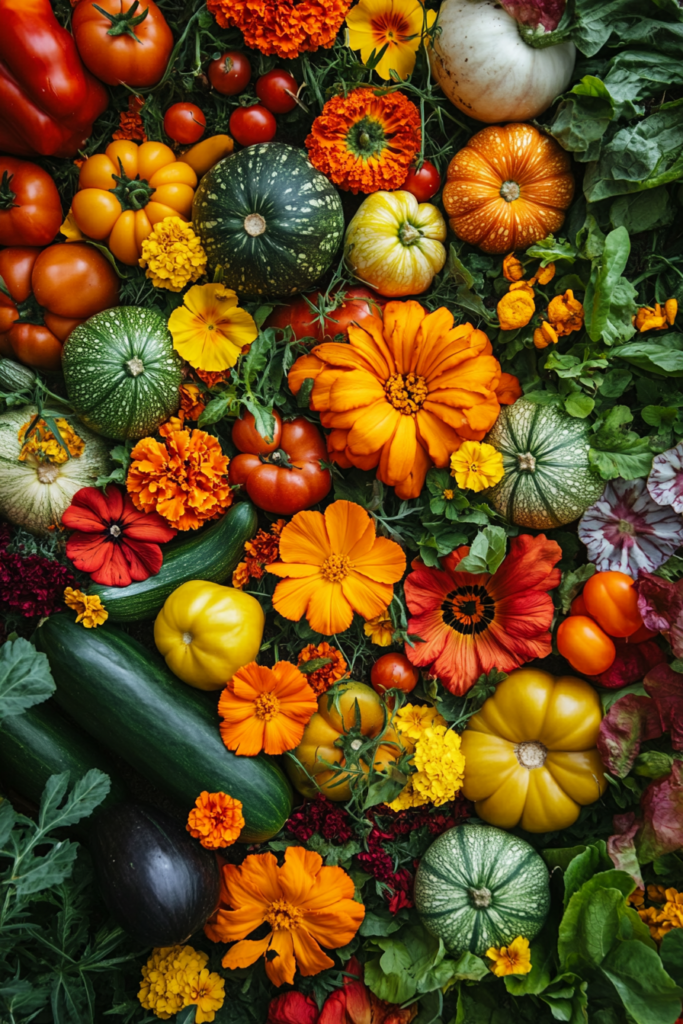
18. Backyard Fence Garden
Your fence can do more than separate yards—it can grow food. Use it to support climbers like pole beans or tomatoes.
It saves ground space and turns a plain fence into something lush. It’s a smart way to use vertical surfaces.
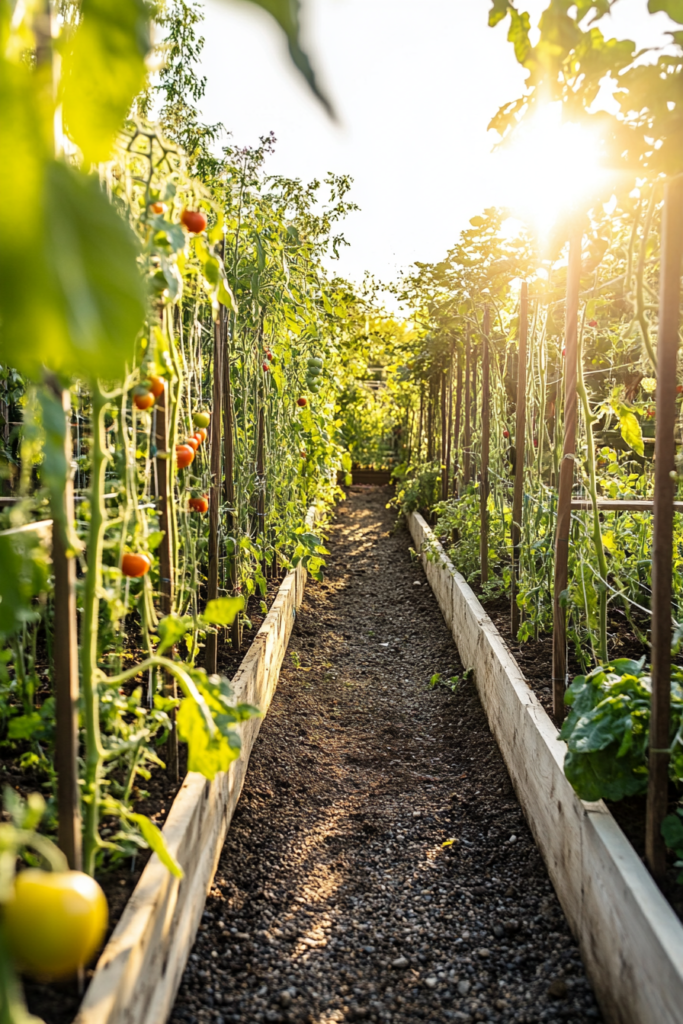
19. DIY Raised Trough Garden
Want a modern garden? Build a raised trough from wood or metal. It’s waist-high, sleek, and super functional.
These beds look sharp in any setting and make gardening easier for people with back or joint issues. No digging required.
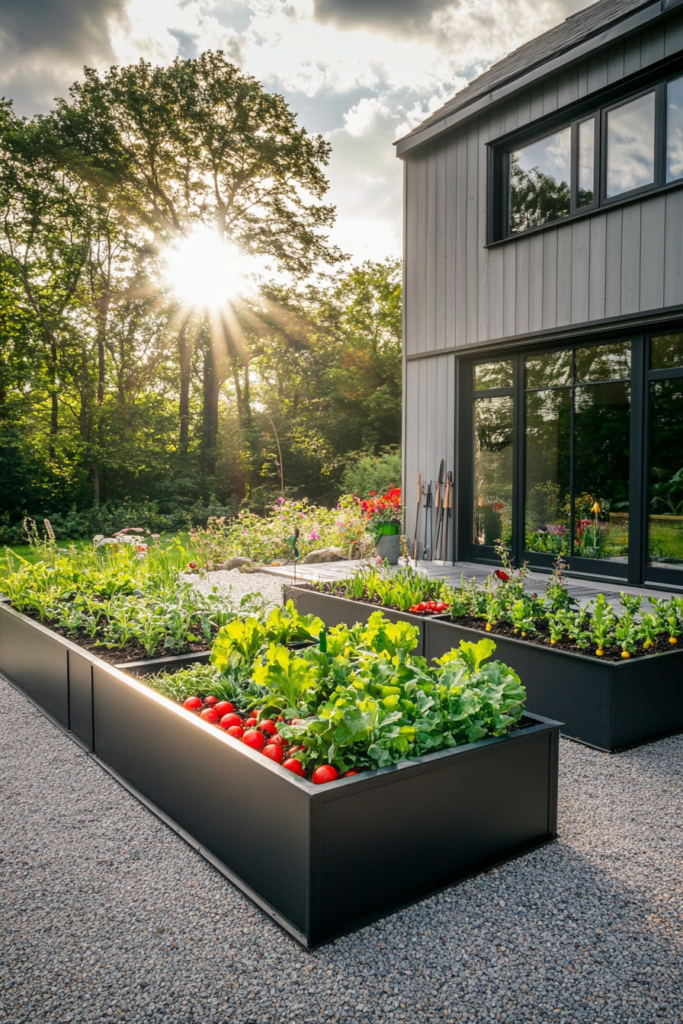
20. Seasonal Rotation Vegetable Plot
Rotating crops helps your garden thrive. It prevents soil from being depleted and stops pests from settling in.
Grow spring greens, then summer veggies, followed by fall roots. Keep your soil healthy and your harvests strong year after year.
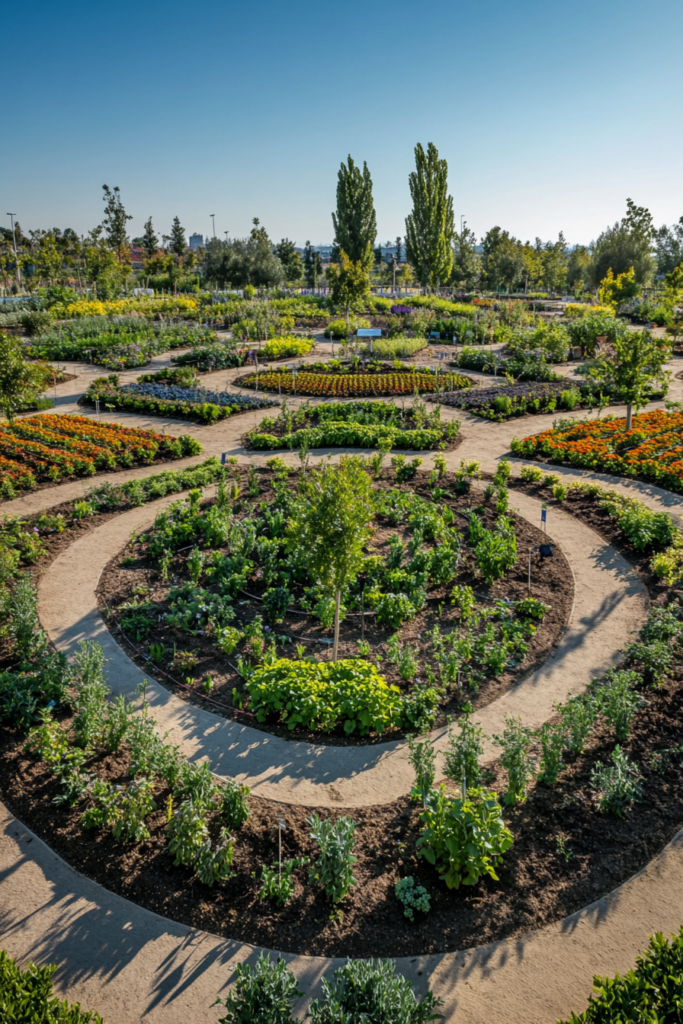
21. Kitchen Door Garden
Keep your garden close to where you cook. A kitchen door garden gives you instant access to herbs and quick-pick veggies.
It makes cooking fresher and gardening more convenient. It’s also a charming way to decorate your kitchen entrance.
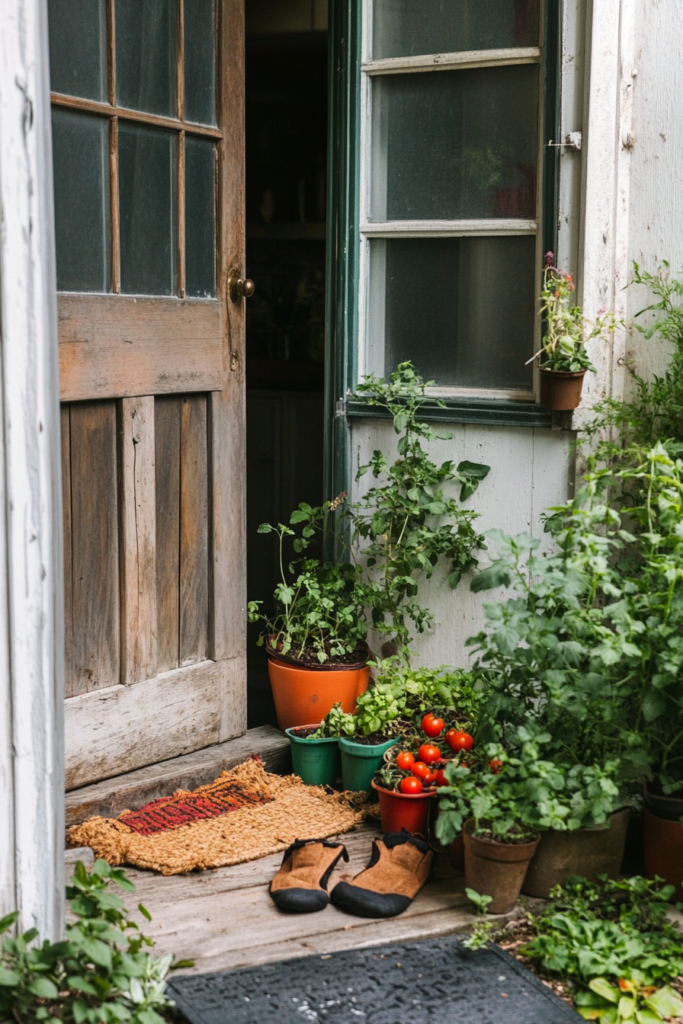
22. Hydroponic Vegetable Garden
No soil? No problem. Hydroponics grows plants in a nutrient-rich water system that’s fast and efficient.
Great for greens and herbs, this method saves water and space. It’s perfect for urban dwellers who want a high-tech gardening option.
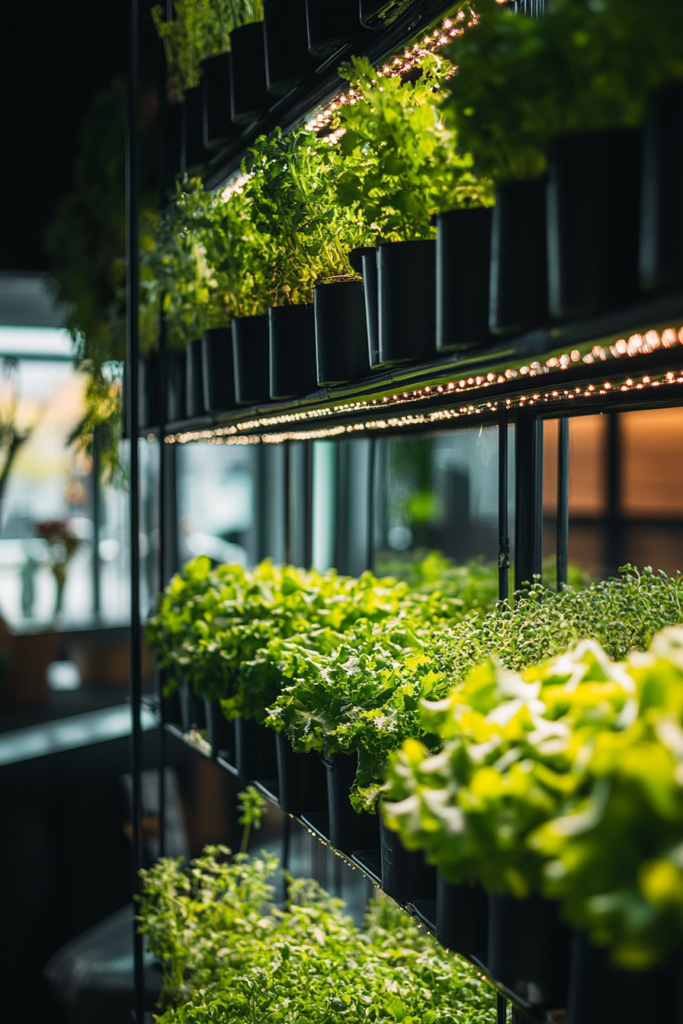
23. Family-Friendly Garden Patch
Get the whole family involved with a fun, hands-on garden space. Kids love planting and watching their veggies grow.
Use colorful signs, kid-sized tools, and easy crops like carrots and cherry tomatoes. It builds responsibility and brings everyone outside together.
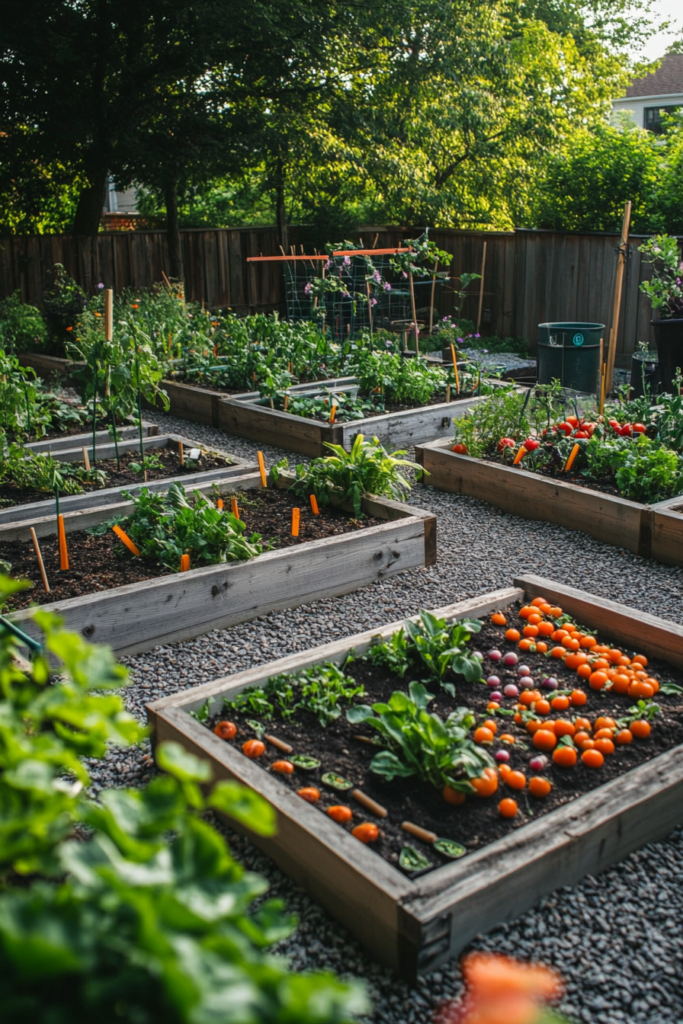
Grow What You Love, Love What You Grow
There’s no single right way to start a vegetable garden. You just need a plan, a patch of sunshine, and the desire to grow something good.
From clever containers to full-fledged greenhouses, every idea here helps you grow more than food—it helps you create something meaningful. So why not get started today?
You’ll be amazed at what you can grow with just a little love and a lot of green.

